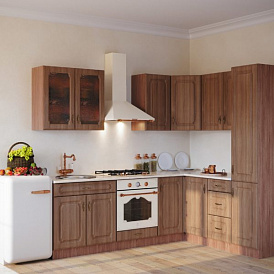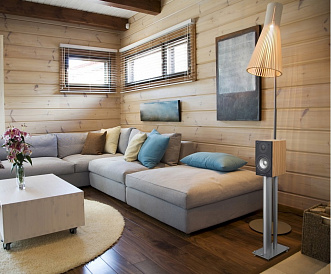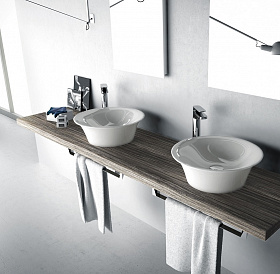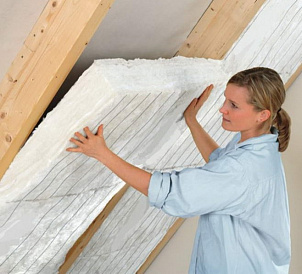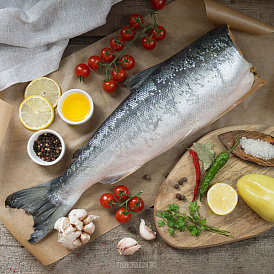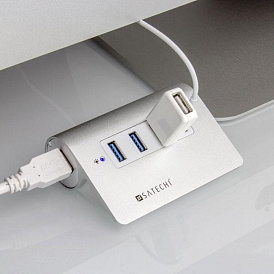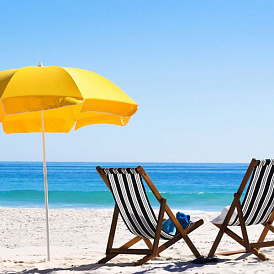Compare the clay block and gas-block | Determine the best
Starting construction, our readers often ask what is better: expanded clay or gazoblok, what are the differences and whether these popular building materials have similarities. We know from childhood that everything is known in comparison, therefore, how can we say that it is better without making a comparative analysis, otherwise the conversation will be about nothing. We will not go into the subtleties of the production process, but simply put the subjects on different "scales".
Peculiarities of the composition of the clay block and gas block: similarities and differences
Speaking about the similarity of these two materials, it can be noted that both of them are used in construction, and belong to the same group of materials - the so-called cellular concrete. Blocks on the basis of expanded clay, as well as gas blocks, are used for laying walls, but the similarities end there, with the exception of, perhaps, several identical components in the composition of materials, and we will begin with aerated concrete, which includes:
-
cement;
-
quartz sand;
-
gypsum, lime, slag, ash and other fillers;
-
aluminum powder (paste).
A logical question arises: why aluminum is introduced into the composition of aerated concrete blocks, and this is not difficult to explain. Aluminum, coming into contact with lime, slag, ash and other alkalis, emits hydrogen. The latter is essential for the formation of pores, and this is the main distinguishing feature of gas blocks. At the end of the process, the blocks can be cut, and this is not difficult to do, and then re-hardening occurs.
It is according to the option of secondary hardening that gas-concrete blocks are divided into products of synthesis and hydration hardening. In the first case, the hardening takes place in an autoclave, in the second - at atmospheric pressure or with the connection of special electric heaters. According to the predominance of the main components, gas blocks are divided into the following types:
-
lime, which include up to 50% lime;
-
cement containing 50% Portland cement;
-
Slag containing up to 50% of a mixture of slag, gypsum, lime or alkali;
-
ash, where up to 50% ash;
-
mixed, containing different amounts of ingredients.
Having considered the composition and types of aerated concrete, you can proceed to a close acquaintance with expanded clay blocks. Here begins the main differences between our subjects. Unlike aerated concrete blocks, water is part of expanded clay blocks, and expanded clay, or balls of baked clay, is used as a filler. The main components are also cement and sand, and this is another similarity of materials.
Technical characteristics of the material depend on the number of individual ingredients included in the composition. When reducing the amount of sand and cement, the specific gravity changes, and this means that its properties change, including strength, thermal conductivity and water resistance. In the composition of light mixtures, for example, sand may be completely absent.
Vapor barrier properties
We now turn to comparative analysis and draw the first conclusions.Experts, for example, dispelled the myth that the properties of the clay block is similar to brick, because it includes the same cement mixture and clay. In fact, this is not entirely true, because in keramzit concrete, cement plays the role of glue, connecting individual clay balls. Looking ahead, let's say that aerated concrete is better in this respect, now you will understand why. To do this, we consider the vapor barrier properties of both materials.
Claydite
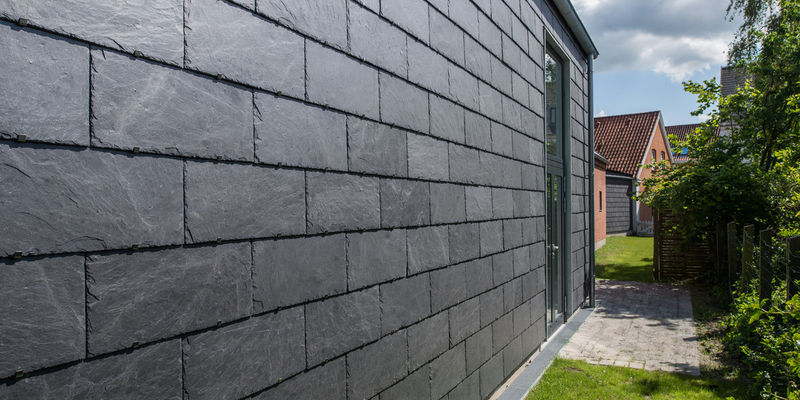
When cement hardens, a waterproofing layer is created in the expanded clay blocks, which negatively affects the drying time of the material and its vapor barrier properties. Ceramsite concrete blocks have good vapor permeability, they perfectly absorb moisture, but they donate water poorly, which contributes to the accumulation of condensate. Cement and sand well let the steam inside the granules of claydite, while water accumulates in them, and can not get out.
Aerated concrete
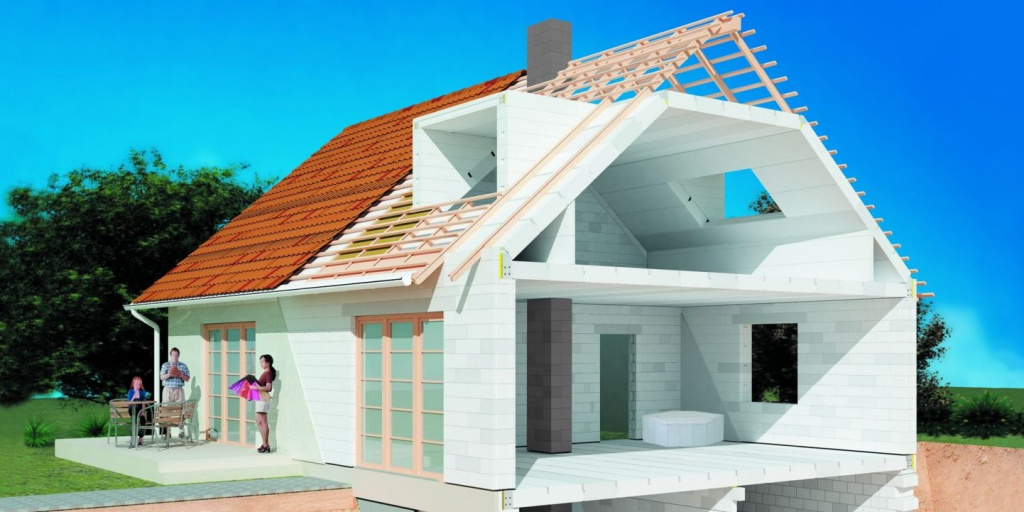
Consider a similar situation, but on the example of aerated concrete blocks. Aerated concrete has a porous structure, and its pores are open, so it is characterized by capillary activity, moreover, the structure of the material is more uniform over the entire surface. In our case, this means that the moisture accumulated in the form of condensate, under the action of capillary forces, moves to a dry surface, and, therefore, inwards.
In humid concrete blocks, waterlogging occurs, while in aerated concrete, humidity is evenly distributed. The fact that aerated concrete is better for masonry outside the building can be verified by comparing the drying time of materials after the end of the winter period. The claydite concrete always dries inside the room, and the aerated concrete also dries inside, but if it is laid over a layer of vapor barrier. In any case, it dries quickly, because even with a vapor barrier, aerated concrete blocks have a humidity of 8%, and the declared claydite humidity is 10%, and these are only standard indicators, and in fact its humidity is higher.
The first conclusion! The claydite-concrete blocks dry for a very long time, and research has shown that for the complete drying of the material of the warm season it is sometimes not enough, while the aerated concrete dries out in most cases by the next heating season
Which material has better breathability?
For comparison, I would also like to consider such an important indicator as breathability. Again we turn to the structural features of the materials chosen by us for comparison. Expanded clay has a high porosity, and the more irresponsible the manufacturer is to make the material, the higher the porosity. With an increase in the pore size, the amount of cement used is reduced, the cost of the material becomes less, but in this case there is no need to talk about any air permeability. Such blocks are blown with all winds, which cannot be said about aerated concrete, waterproof by 20%, at least.
Conclusion two: in order to make comfortable living inside the claydite-concrete houses, you will have to perform additional finishing with a layer of plaster, and both inside and outside the room. At the same time in the house of aerated concrete enough to putty the walls with thin plaster.
What should not be allowed when laying walls of claydite-concrete
Whatever may be said about poor performance in matters of airtightness, expanded clay concrete is widely used in construction, and especially low-rise. Trying to reduce the cost of construction, developers use blocks with round or square voids. The presence of such air pores increases the air permeability of an already not ideal material in this respect, which means that hollow claydite-concrete blocks are not the best option for masonry of external walls. In addition, the strength of the material decreases.
Compare other features
Conducting a comparative analysis, we do not consider products from different manufacturers, as well as individual types of material, and take into account only the average data.The production conditions and the attitude to the manufacturer's process differ, but on the whole it can be said that:
-
Expanded clay has great strength, than the gas concrete possessing high, in comparison with the competitor, porosity. Even hollow blocks based on haydite, have better strength characteristics, it is possible to talk about the same strength characteristics of aerated concrete, but when it comes to products of high brands, but in this case the cost of the material increases significantly.
-
By insulating the properties of lightweight aggregate blocks inferior to aerated concrete significantly.
-
Crack Resistance and other mechanical damage is also better with keramsit concrete.
-
Aerated concrete is a bulk material, so the walls of it are more fragile, so it is not desirable to attach heavy objects to them.
It makes no sense to compare materials on such an indicator as water absorption, since in this respect the subjects practically do not differ, although aerated concrete has a greater tendency to absorb moisture. In both cases, a waterproofing layer is required. As for the cost of the material, there are some subtleties here that are also worth discussing.
Finishing features
In order to understand the surface of which material is best suited for decoration, just look at the blocks with the naked eye. Aerated concrete has a smooth surface, therefore, requires additional measures to increase adhesion. On the other hand, if the surface is treated perfectly for finishing, it is enough to apply a thin layer of putty, and a thick layer of plaster has to be applied to the claydite.
What is more expensive?
Whatever “outstanding” characteristics one or another material possesses, when choosing, we most often proceed from our material possibilities. Having studied the financial side of the issue, our experts came to interesting conclusions. It is believed that aerated concrete is more affordable, but this does not mean that this is true in the first instance. This question requires careful study, but we did it for you. Draw your own conclusions, but it is reliably known that:
-
20 cm blocks of expanded clay concrete are sufficient for erecting the bearing wall, while aerated concrete of the same thickness is often insufficient;
-
buildings of claydite-concrete blocks, due to the good strength of the material, do not require a device over the construction of the reinforced belt, and in the case of aerated concrete it is extremely necessary;
-
if the laying of concrete floors is to be done, then it is necessary to use expensive aerated concrete of high strength, or ordinary ceramic granite, the cost of which is much lower.
Speaking about the cost of a material, it is necessary to take into account other associated costs, including delivery and installation. Wall insulation, for example, must be done in both cases, both with expanded clay concrete and with aerated concrete blocks, although the latter are considered warmer, as mentioned above. Thus, it is not necessary to say that aerated concrete houses are cheaper. There is another advantage to aerated concrete - a smaller specific weight, and this simplifies installation and reduces the load on the foundation, which can also be saved on the device.
In general, it all depends on the specific manufacturer and his responsibility, and in conclusion I would like to say that claydite concrete has one indisputable advantage - it can be made at home. If the production strictly follow the instructions and does not violate the process, a significant amount can be saved on the material, and this is a big plus, given the constant increase in the cost of building materials.


